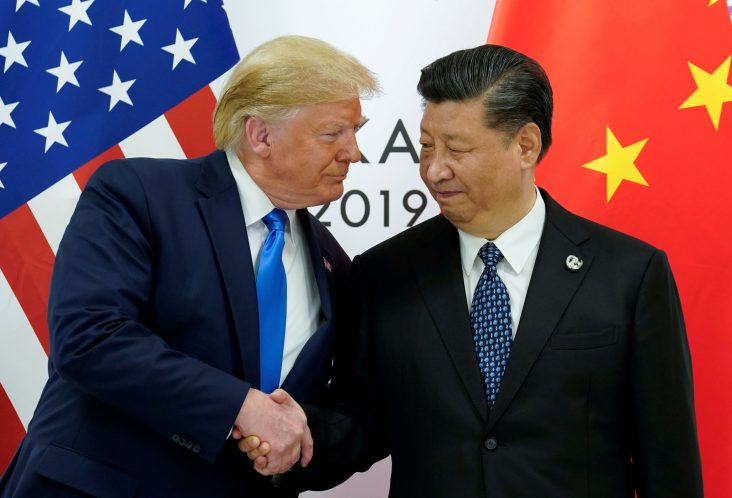The cryptocurrency market witnessed a brutal correction as it suffered its largest single-day wipeout ever — over $19 billion in liquidations — following U.S. President Donald Trump’s dramatic announcement of a 100 % tariff on Chinese tech imports.
Background & Catalyst
The tariff declaration was framed as a response to China’s recently imposed export controls on rare earth minerals, essential components in high-tech manufacturing and semiconductor production. Trump asserted that the U.S. would not only double down on tariffs, but also enforce export controls on critical software emanating from China, potentially spiraling into supply chain disruption.
This move sent shockwaves through global markets, especially risk-sensitive assets like cryptocurrencies, which are notoriously reactive to macroeconomic and geopolitical stress.
Market Fallout & Liquidations
-
In the 24 hours following the tariff announcement, more than 1.6 million traders were liquidated.
-
Over $7 billion of the total liquidations occurred within a single hour of hyper-volatility.
-
Major tokens across the board were hammered:
-
Bitcoin shed ~7.6 % and saw roughly $9.5 billion in liquidation pressure.
-
Ethereum plunged ~13 %.
-
XRP and BNB also fell sharply, losing double-digit percentages as investor sentiment turned uniformly negative.
-
Some market watchers believe total liquidations could exceed $30 billion, due to reporting lags or unreported derivative positions.
Reactions & Implications
Brian Strugats, head trader at Multicoin Capital, warned of potential counterparty exposure and the risk of contagion—a cascade of failures across margin desks and less liquid markets.
Edul Patel, CEO of Mudrex, offered a more tempered view: though the short-term disruption is severe, the dip might present a strategic entry opportunity for longer-term investors. He pointed to historical October corrections, which have sometimes preceded relief rallies of ~20 %.
On a broader level, the episode underscores how intertwined crypto markets are with macroeconomic policies and geopolitical maneuvering. What begins as a trade war escalation or supply chain conflict can rapidly cascade into digital asset markets, given how sentiment-driven and leveraged they already are.
Looking Ahead
-
Watch for contagion — If margin desks or smaller exchanges stumble under pressure, broader shocks may follow.
-
Policy shifts & responses — China may retaliate, or the U.S. could backtrack under pressure, altering the trajectory.
-
Capitulation or stabilization — If the tide turns toward risk aversion, more assets might suffer. On the flip side, if bargain hunters emerge, a rebound may be possible.
Despite the carnage, some in the industry believe that resilient, well-capitalized projects with strong fundamentals could weather this storm — and even benefit if the market reverts to risk appetite.






